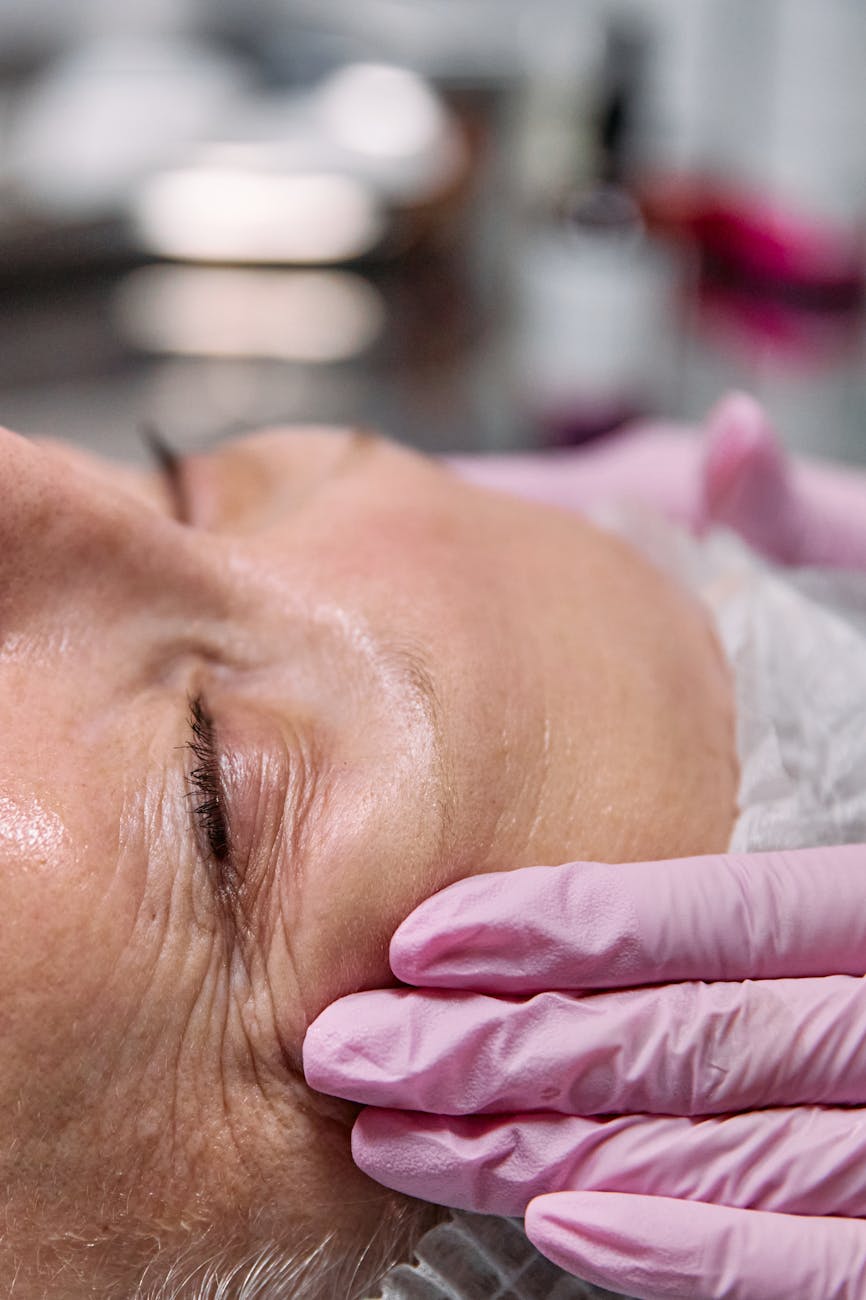

Living with a chronic respiratory condition like COPD, pulmonary fibrosis, or severe asthma can be a daily challenge. Simple activities may become difficult due to shortness of breath and fatigue, significantly impacting one’s quality of life. For many, home oxygen therapy is a prescribed treatment that can make a world of difference. In the past, this meant relying on cumbersome oxygen tanks that required frequent refills. Today, modern technology offers a safer, more convenient, and highly effective alternative: the oxygen concentrator. This guide will explore the significant benefits of using an oxygen concentrator, explaining how this device works and how it empowers individuals to manage their condition and lead fuller, more active lives from the comfort of their homes.
Before diving into the benefits, it’s important to understand what an oxygen concentrator is. Unlike traditional oxygen tanks which store a finite amount of compressed oxygen, an oxygen concentrator is a medical device that creates purified oxygen on demand. It works through a simple yet ingenious process. The machine draws in the air from the surrounding room, which is composed of roughly 78% nitrogen, 21% oxygen, and 1% other gases. Inside the concentrator, a filtration system called a molecular sieve separates the nitrogen from the air. The nitrogen is then released back into the room, while the purified, oxygen-rich air (typically 90-95% pure oxygen) is delivered to the user through a nasal cannula or mask. This continuous process ensures a never-ending supply of medical-grade oxygen without the need for refills, making it a cornerstone of modern home oxygen therapy.
The primary reason a doctor prescribes an oxygen concentrator is to improve a patient’s health and manage the symptoms of their underlying condition. Consistent use of supplemental oxygen delivers profound physiological benefits that can dramatically alter the course of a chronic respiratory illness. Many of these improvements work together to enhance overall well-being.
Beyond the direct medical advantages, the benefits of an oxygen concentrator extend deeply into a person’s daily life and independence. This is where the technology truly shines, transforming home oxygen therapy from a limiting treatment into an empowering tool. The shift from heavy tanks to modern concentrators has been a game-changer, especially with the development of portable oxygen concentrators (POCs).
This newfound freedom allows users to maintain a more active and social lifestyle. A trip to the grocery store, a visit with family, or even air travel becomes possible again. This mobility fights the isolation that can often accompany chronic illness. Furthermore, concentrators offer greater safety and convenience. There is no risk associated with storing high-pressure oxygen tanks in the home, and the hassle of coordinating tank deliveries and worrying about running out is completely eliminated. This provides invaluable peace of mind for both the user and their caregivers, knowing a reliable oxygen supply is always available at the push of a button.
Oxygen concentrators are not a one-size-fits-all solution. They come in two primary categories, each designed for different lifestyles and medical needs. Understanding the difference is crucial for selecting the right device in consultation with your healthcare provider.
Stationary concentrators are larger units designed for in-home use. They plug into a standard wall outlet and typically offer a higher, continuous flow of oxygen. They are the workhorses of home oxygen therapy, ideal for use while sleeping or relaxing at home. Portable oxygen concentrators (POCs) are small, lightweight, and run on rechargeable batteries. They are designed for activity and travel, delivering oxygen in “pulse doses” that correspond with the user’s breathing. Choosing between them depends on your prescription, activity level, and lifestyle goals.
| Feature | Stationary Concentrator | Portable Oxygen Concentrator (POC) |
|---|---|---|
| Ideal Use | In-home use, especially during sleep | Outside the home, travel, and during activities |
| Oxygen Flow | Continuous flow (higher output) | Pulse dose (on-demand) |
| Size & Weight | Larger and heavier (30-50 lbs) | Compact and lightweight (3-10 lbs) |
| Power Source | AC wall outlet | Rechargeable battery, AC/DC adapters |
| Mobility | Limited (can be moved between rooms) | High (can be carried or worn) |
Ultimately, the decision should be guided by your doctor’s prescription and a thorough assessment of your daily routines. Many users find that a combination of a stationary unit for home and a POC for on-the-go activities provides the best overall solution.
In summary, oxygen concentrators are indispensable tools in modern home oxygen therapy. They offer a safe and reliable way to manage chronic respiratory conditions by providing a continuous supply of medical-grade oxygen. The benefits are profound, ranging from critical health improvements like increased survival rates and better sleep to significant lifestyle enhancements such as greater mobility and independence. By eliminating the need for cumbersome oxygen tanks, these devices empower users to live more active, fulfilling lives with confidence and peace of mind. If you or a loved one requires supplemental oxygen, discussing the benefits of an oxygen concentrator with a healthcare professional is the first step toward breathing easier and reclaiming a higher quality of life.
Consistent and reliable shipping – that's our promise.
Your payment information is safe with our secure systems.
We're here to help! Get fast and friendly solutions to your questions.
Shop with confidence. Money back guaranteed.
BDMEDI is a trusted medical equipment provider in Bangladesh. We offer oxygen concentrators, wheelchairs, and other essential health products both online and offline — ensuring quality service at an affordable price.
+880-17116-33404
